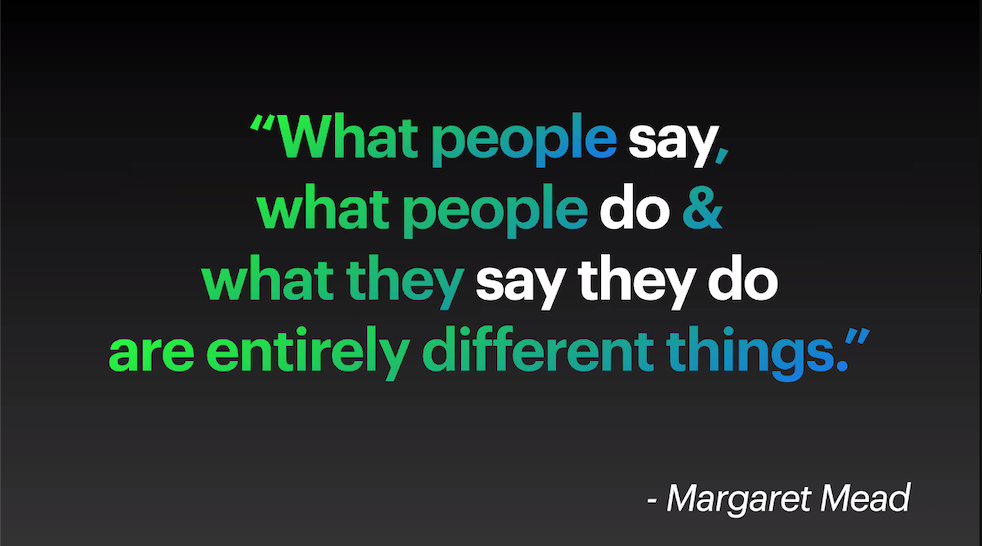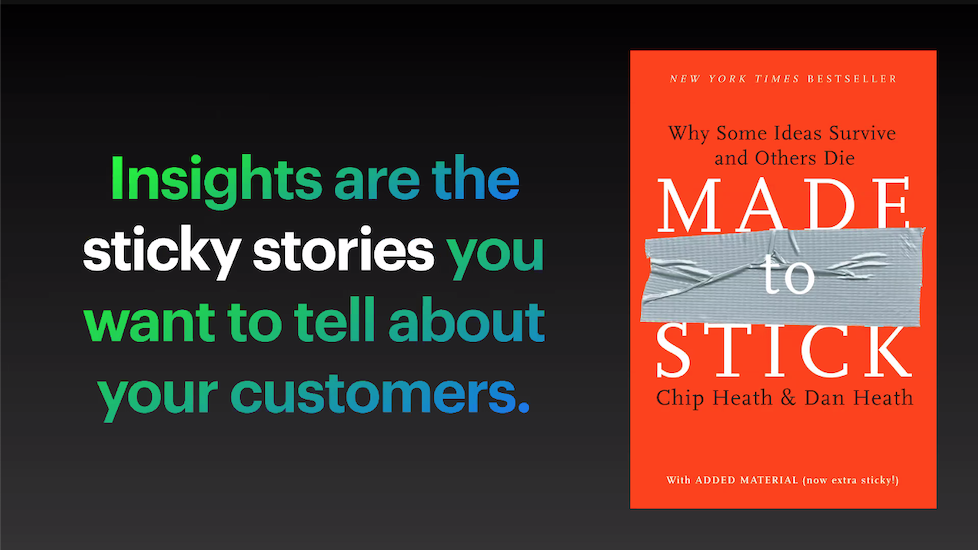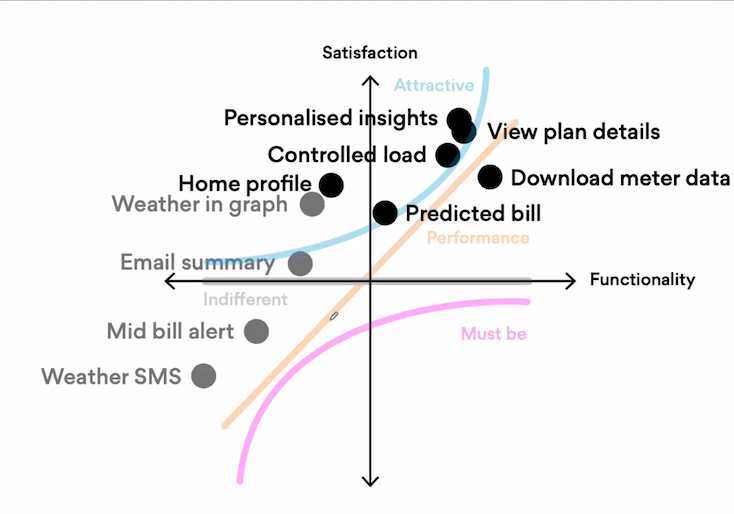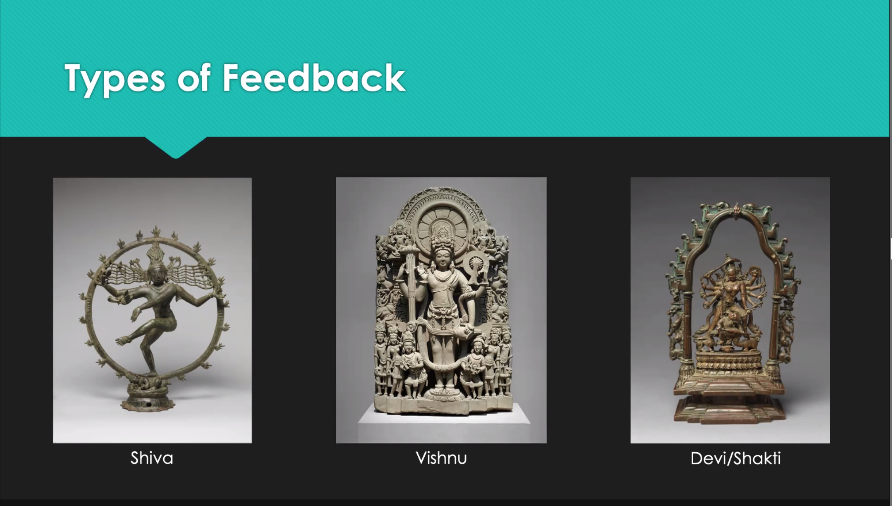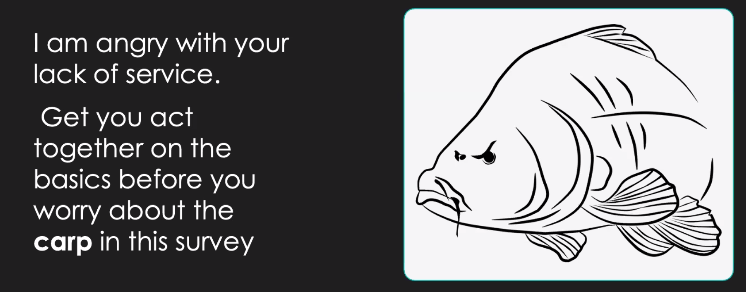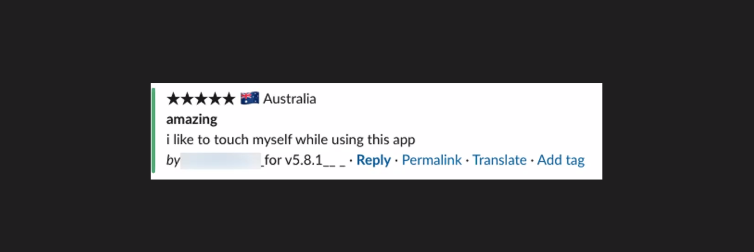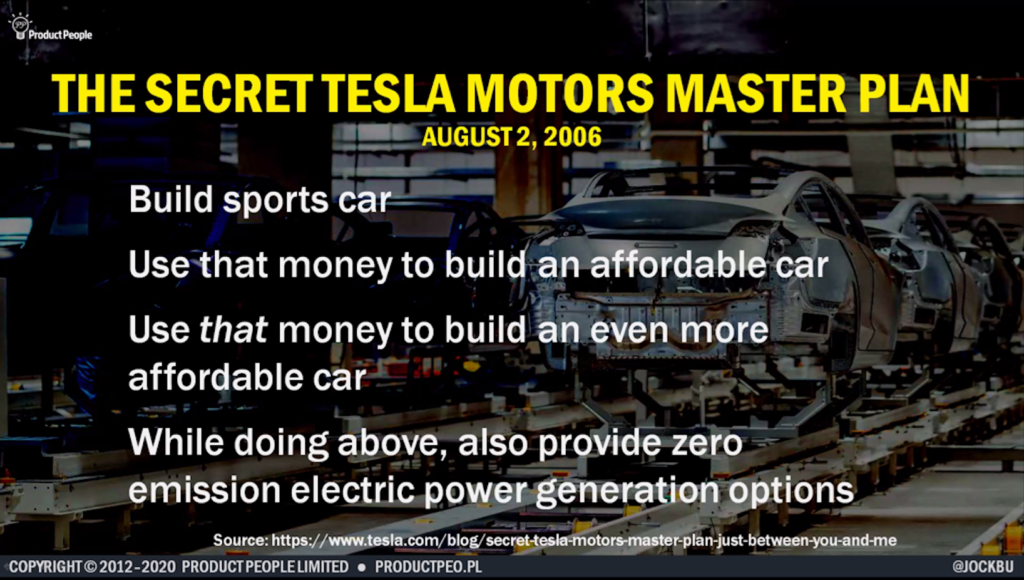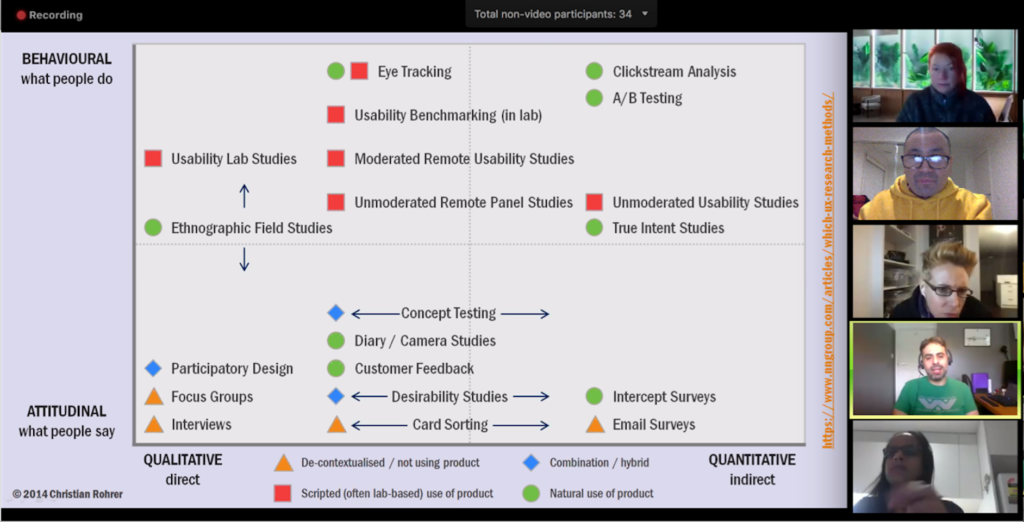How well do you really know your customers?
Do you have to reference a user testing report to try to understand their needs?
When you are designing and building solutions, how easy is it to test your assumptions?
Do you need to kick off a testing with a 3-4 week lead time, to recruit, book and run sessions?
Could there be another way?
The folk at reecetech thought so.
Immersion, Immersion, Immersion – Branch Time

Starting from their grad program, and soon proliferating throughout the rest of their teams, new Reece employees are given an induction like no other. They are sent to one of the 644 Australian branches to immerse themselves in the business.
It’s back to apprentice mode, as you get first hand experience of the customer sites. The 7am morning rush, helping setup customers, picking and packing orders which come in from all areas (overnight orders, phone, app and in-person), receiving stock, organising deliveries, reporting back when things don’t go quite right. And seeing Reece’s customer obsession service standard for yourself.
Not just for research purposes, or standing on the sidelines taking notes. But by working side by side with the branch staff, serving customers.
Everyone has done Branch Time.
Even the CEO.
How long can vary for different areas, depending on their needs. But the standard stint for a Product Manager is around 6 weeks.
The Pros and… More Pros
But sending every new hire to Branch Time is a serious commitment – in both time and dollars.
So what’s the upside?

Firstly, accelerating your understanding of the business, and building a strong foundation to make decisions in the future. This is not always tangible or measurable by reporting, but what better way to fast-track your decision making capability?
Also, forming connections and relationships with the branches, and understanding the mayhem of retail. You even get direct experience with using Reece’s internal systems, such as TRS. You always have access to feedback, as you’re constantly in contact with branches.
And, of course, establishing deep empathy with your customers, the majority who are tradies. Understanding and becoming intimate with their customer problems, so you can ensure the right solutions are developed to deliver the right outcomes. Knowing their world also enables you to contribute and create meaningful OKRs (targets).
But it doesn’t stop there:
- Branch managers and staff also benefit from building relationships with somebody in head office.
- After Branch Time, you have ongoing access to the branch network, to continue to foster relationships, to interview or to validate ideas and concepts with staff or customers.
- New team members also go through the same Branch Time experience, so there is a shared understanding and common ground established.
Thank you
Thank you again to Cameron Rogers and Nikki Pecora from reecetech for sharing, to our volunteers (Nosh Darbari, Yau Hui Min, Steve Bauer) and to our lovely hosts Lexicon and A Cloud Guru.


